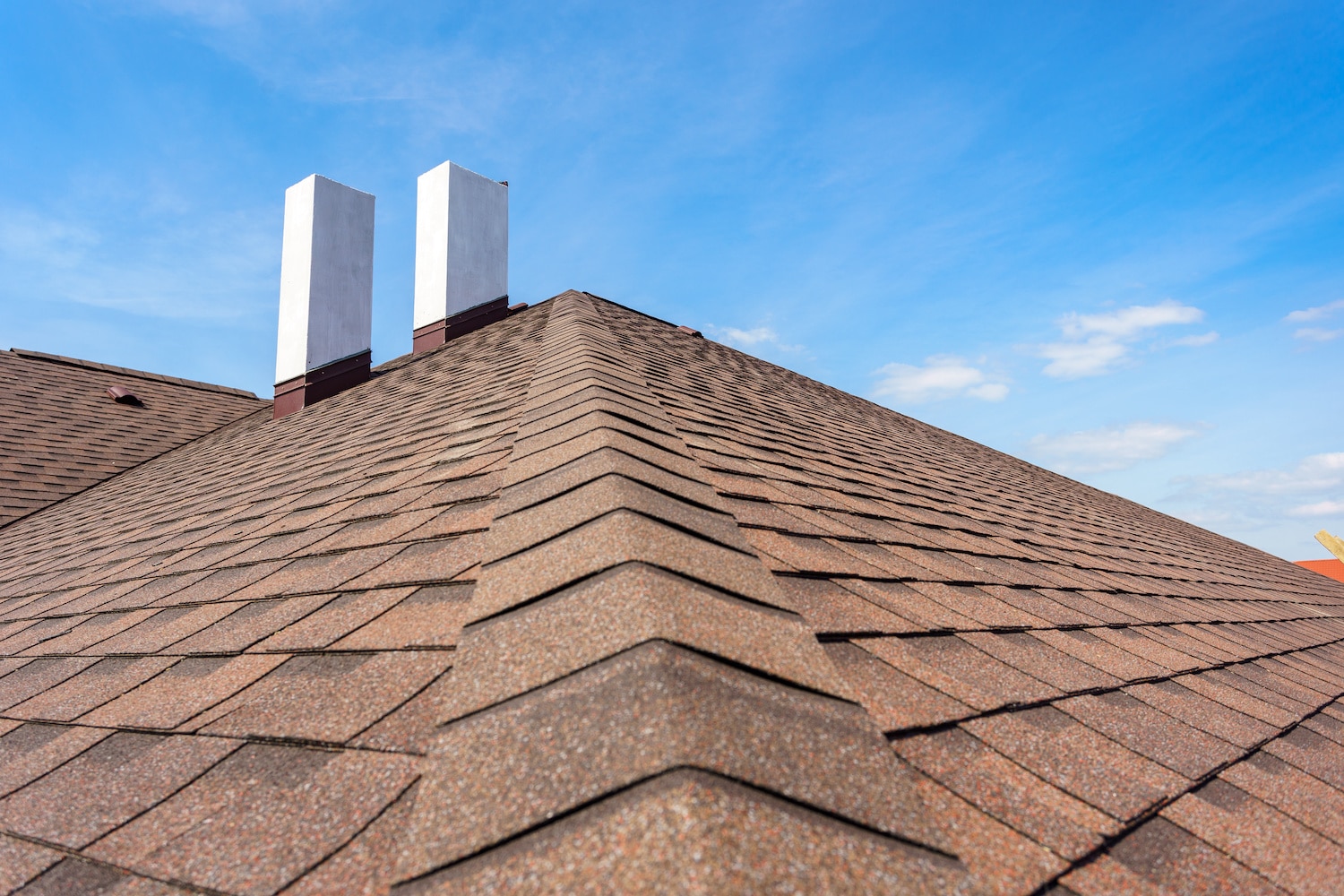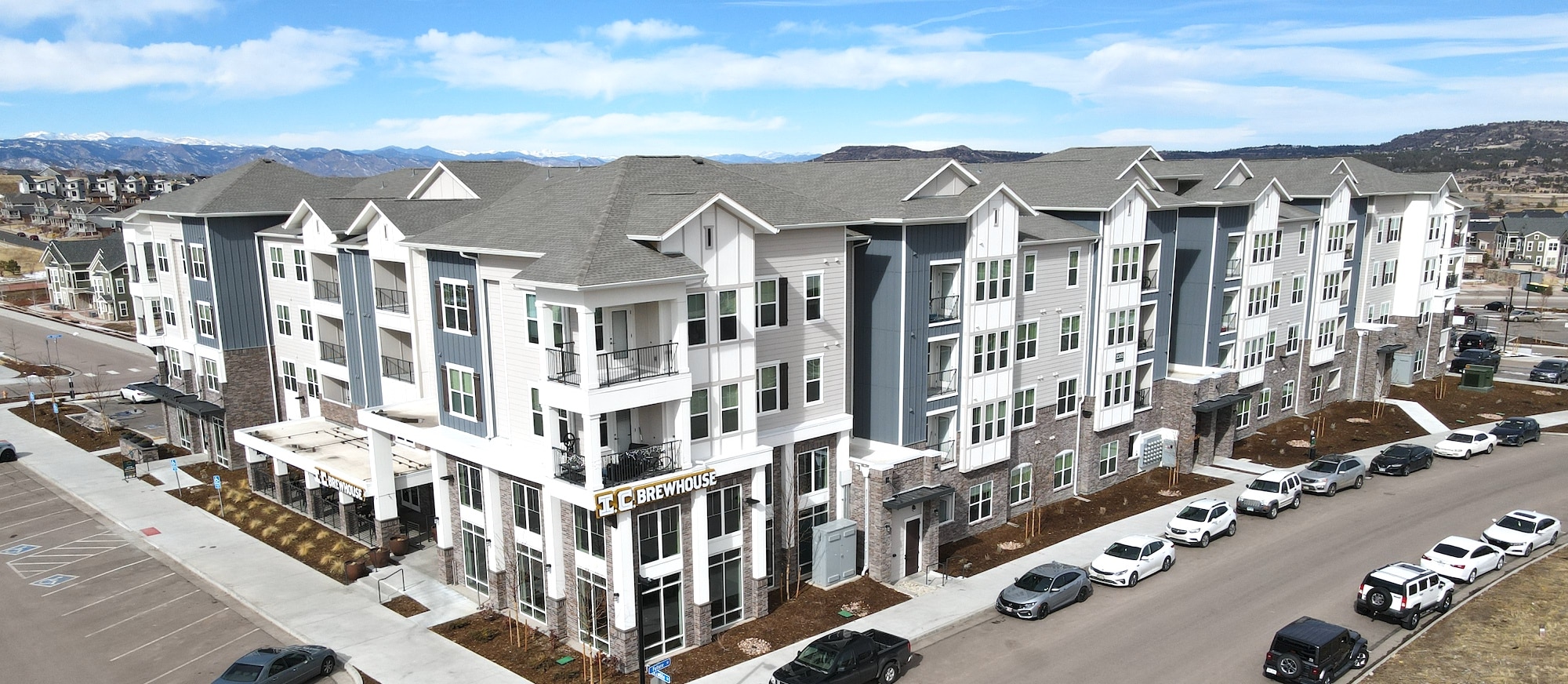Table of Contents
How Old Is My Roof? 5 best Ways To Gauge The Age Of Your Roof
How Old Is My Roof? 5 Best Ways To Gauge The Age Of Your Roof
Most people don’t really ask “How old is my roof? 5 best ways to gauge the age of your roof” until there’s a leak or other visible damage and a roof replacement is needed. However, whether you’re buying a new home or planning to stay in your current home for the long run, it’s important to have an idea of the roof’s condition.
Of course, not all roofs are created equally. It can be difficult for homeowners to gauge the age and condition of their roof as well as when it’s time for a replacement. In this article, we’ll cover everything you need to know about determining the age and condition of a home’s roof so you can move forward with the next steps.
Read on to learn more about “How old is my roof? 5 best ways to gauge the age of your roof” and what to do next.
What Is the Average Lifespan of a Roof?
Generally speaking, the average lifespan of a roof is 20 years. However, the actual lifespan of a given roof will depend on several factors, which include:
- The quality of the workmanship during installation
- The environmental conditions of your area
- The type of roofing materials used
- The quality of the roofing materials used
- The amount of maintenance of your roof over time
While all these factors will impact the longevity of your roof, its lifespan will primarily depend on the materials used. Let’s take a closer look at the most common types of roofs and how long each of them last, helping you answer the question, “How old is my roof? 5 best ways to gauge the age of your roof.”
Asphalt Shingleshttps://executiveroofcoach.com/the-executive-roof-coach-page
Asphalt shingles are among the most common roofing materials used in the United States. They’re affordable, durable, and usually include a 25-year warranty which easily puts homeowners at ease.
These shingles are made from fiberglass and asphalt sealant, which effectively protect a home’s roof structure from all the harsh elements. They’ll typically last anywhere between 15 and 30 years (40 for premium quality shingles). This makes them a popular choice for those wondering “How old is my roof? 5 best ways to gauge the age of your roof.”
Wood Shakes and Shingles
Wooden shingles typically last for about 30 years, but they come with warranties that guarantee a lifespan of up to 40 years. However, regular maintenance is essential to reach their maximum lifespan.
The type of wood used will also determine how long they’ll last and how well they can stand up against inclement weather. If you’re unsure about the condition of your wooden roof, refer to “How old is my roof? 5 best ways to gauge the age of your roof.”
Metal Roofing
A metal roof can last you anywhere between 40 and 70 years, and they often come with lifetime warranties. Metal roofing, made of materials like copper and zinc, is durable and modern, making it another option to consider when answering “How old is my roof? 5 best ways to gauge the age of your roof.”
Clay Tiling
Clay tile roofs are incredibly durable and will last you anywhere between 50 and 100 years. However, they must be cleaned regularly to prevent mold, algae, and moss from causing damage. When exploring “How old is my roof? 5 best ways to gauge the age of your roof,” ensure you also understand the maintenance requirements of clay tiling.
Slate Tiling
Slate roofs have the longest lifespan, ranging from 75 to 200 years. Their durability against extreme weather and low maintenance requirements make them a top choice for homeowners considering “How old is my roof? 5 best ways to gauge the age of your roof.”
The Signs of an Aging Roof
While roofing materials can have long lifespans, other factors can contribute to how quickly they degrade. To answer the question, “How old is my roof? 5 best ways to gauge the age of your roof,” keep an eye out for these signs of aging:
- Check for Signs of Damage and Wear
Look for missing shingles, mold, rusted flashing, and other damage. These signs often answer the question, “How old is my roof? 5 best ways to gauge the age of your roof.” - Ask the Previous Owners
If you’ve recently purchased a home, ask the previous owners about the roof’s age to help determine its lifespan. This is one of the most straightforward methods in “How old is my roof? 5 best ways to gauge the age of your roof.” - Contact the Roofing Contractor
Reach out to the contractor who installed the roof for records of its installation date. Many contractors keep detailed records that can assist with answering, “How old is my roof? 5 best ways to gauge the age of your roof.” - Request a Copy of the Building Permit
Building permits include details about roof installations and repairs. Obtaining this document is a reliable option within “How old is my roof? 5 best ways to gauge the age of your roof.” - Schedule a Professional Roofing Inspection
A professional inspection can provide the most accurate assessment of your roof’s age and condition. If you’re unsure, this final step in “How old is my roof? 5 best ways to gauge the age of your roof” can give you peace of mind.
We Can Help Identify Any Damage
The roof over your family’s head is important. If you think it’s time for an inspection or replacement, get in touch with our experienced and professional roofing team for an estimate on your old roof.

What Is the Average Lifespan of a Roof?
Generally speaking, the average lifespan of a roof is 20 years. However, the actual lifespan of a given roof will depend on several factors, which include:
- The quality of the workmanship during installation
- The environmental conditions of your area
- The type of roofing materials used
- The quality of the roofing materials used
- The amount of maintenance of your roof over time
While all of these factors will impact the longevity of your roof, its lifespan will primarily depend on the materials used. Let’s take a closer look at the most common types of roofs and how long each of them last:
Asphalt Shingles
Asphalt shingles are among the most common roofing materials used here in the United States. They’re affordable, durable, and usually include a 25-year warranty which easily puts homeowners at ease.
These shingles are made from fiberglass and asphalt sealant, which effectively protect a home’s roof structure from all the harsh elements and they’ll typically last anywhere between 15 and 30 years (40 for premium quality shingles).
Wood Shakes and Shingles
Wooden shingles typically last for about 30 years, but they come with warranties that guarantee a lifespan of up to 40 years. However, if you want them to last as long as they’re supposed to, you’ll need to carry out regular maintenance, which includes yearly cleanings and staining or painting every 5 years.
The type of wood used will also determine how long they’ll last and how well they can stand up against inclement weather.
Metal Roofing
A metal roof can last you anywhere between 40 and 70 years, and they often come with lifetime warranties depending on the type of metal and overall roof design. Metal roofing is usually made of premium materials like copper and zinc, and it’s also considered a more affordable and modern option.
Clay Tiling
Clay tile roofs are incredibly durable and will last you anywhere between 50 and 100 years. Manufacturers also offer warranties that extend from just 30 years to a lifetime as clay tiling materials are designed to be weather, rot, and fire-resistant.
However, clay roofs must be cleaned regularly to ensure that mold, algae, and moss (which are the most dangerous) don’t accumulate and penetrate the tiles as this causes leakage.
Slate Tiling
Slate roofs have the longest lifespan ranging from 75 to 200 years, with warranties starting from 50 years and extending a lifetime. Slate also holds up best against extreme weather and doesn’t require too much maintenance as the material retains very little moisture.
The Signs of an Aging Roof
While a lot of roofing material comes with a long lifespan, you’ll need to keep in mind that other factors will contribute to how quickly each roofing type ages and degrades. For example, asphalt shingles don’t hold up well against consistently hot climates whereas clay tiles must be sealed to prevent damage from freezing temperatures.
Having said that, let’s take a look at the most common ways to determine a roof’s age:

1. Check for Signs of Damage and Wear
The different types of roofing will show damage and wear in different ways. This would include the following:
- Damaged or missing shingles
- Rusted or cracked flashing
- Moss, mold, or algae growth
- Curled shingles or damaged roof valleys
- Rusted, missing, or exposed nails
- Pooling water or sagging
- Substantial granule loss
- Poor ventilation and insulation
- Water damage or visible leaks in the attic or upstairs rooms
- High energy bills
2. Ask the Previous Owners if Possible
If you’ve purchased your home in more recent times, tracking down the previous owners is one of the best ways to find out how old the roof actually is — especially if they were the original owners of the house.
If the previous owners weren’t the first, you can try asking them if they know when the house was built or when the last roof installation was to give you an idea.
3. Contact the Roofing Contractor Who Installed the Roof
If you know the brand of the roofing material, you can likely find out the name of the roofing contractor who installed the current roof. Most roofing companies keep records of all the homes they’ve worked on. So, just by getting in touch and using your address, you should be able to find out when the work was done, which will tell you the exact age of your roof.
4. Request a Copy of the Building Permit
Building permits always contain information regarding any contracting or subcontracting work on a particular house. This includes roof installations and roof repair. If you can get a copy of your home’s building permit, you’ll be able to tell the age of your roof from its installation date.
5. Schedule a Professional Roofing Inspection
When all else fails, getting a professional roofing inspection done by an insurance adjuster or local contractor can give you an accurate estimate of your roof’s age. A professional will not only consider the factors listed above but they’ll also be able to locate any records regarding your property to help.
They’ll also let you know how much life is left on your roof and whether it could use a little TLC or a full replacement.
We Can Help Identify Any Damage
The roof over your family’s head is important. If you think it’s time for an inspection or replacement, get in touch with our experienced and professional roofing team for an estimate on your old roof.



